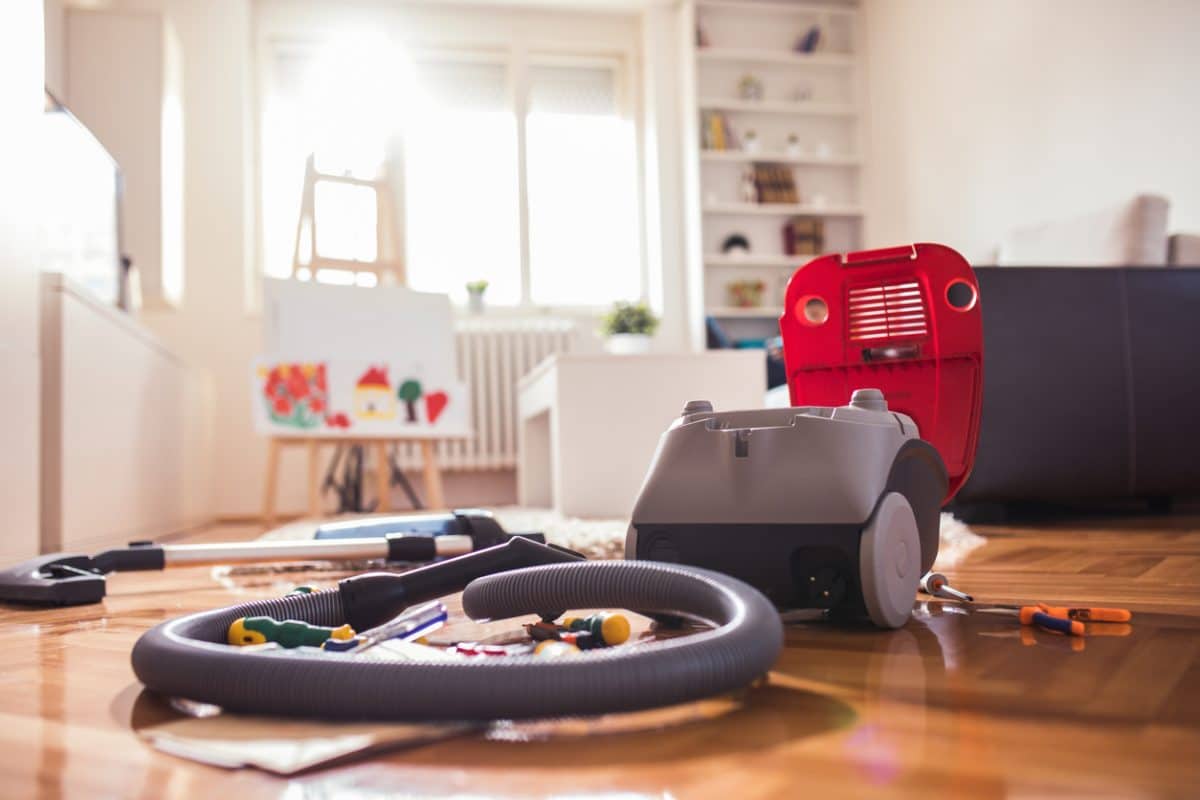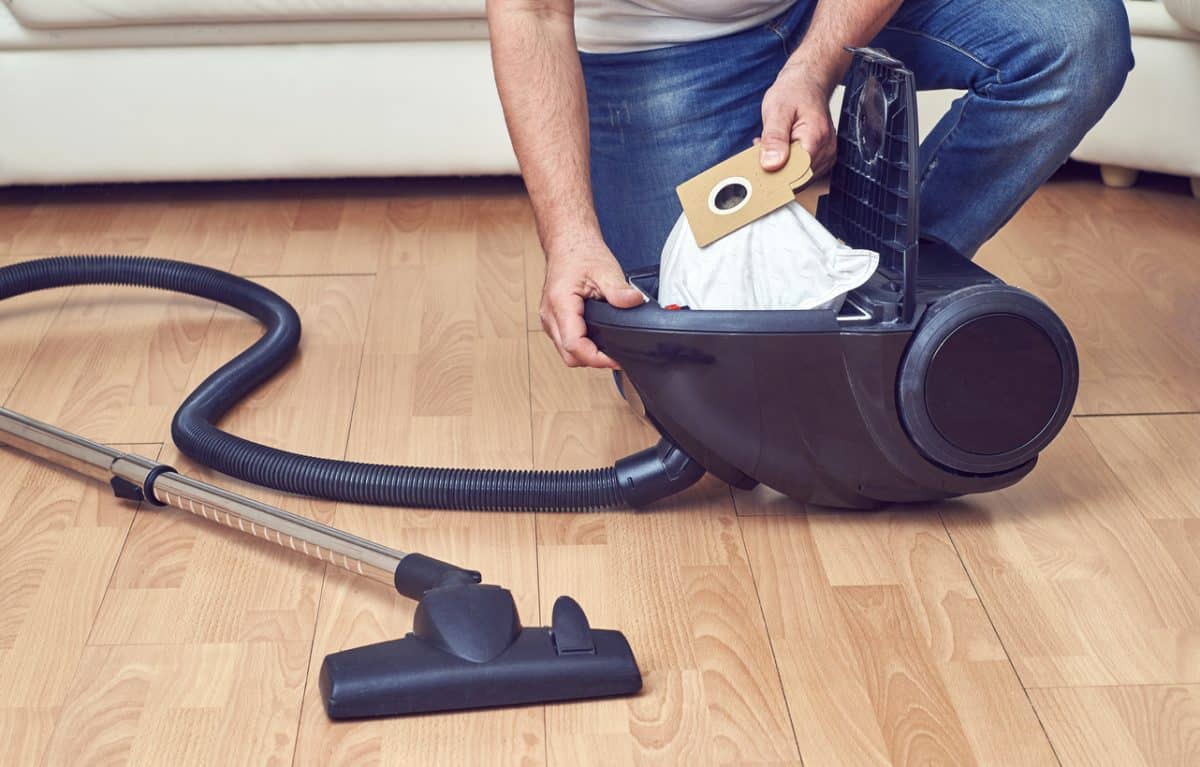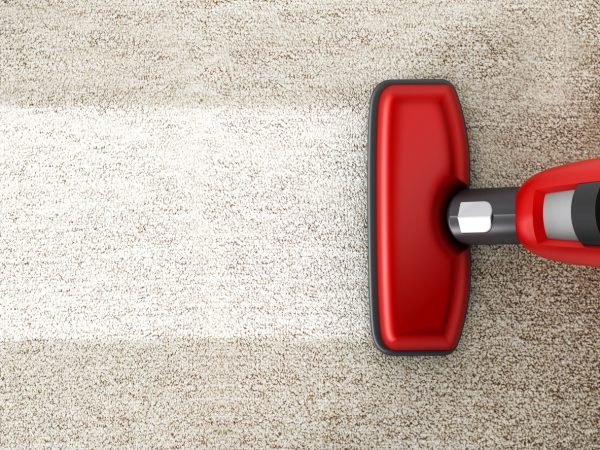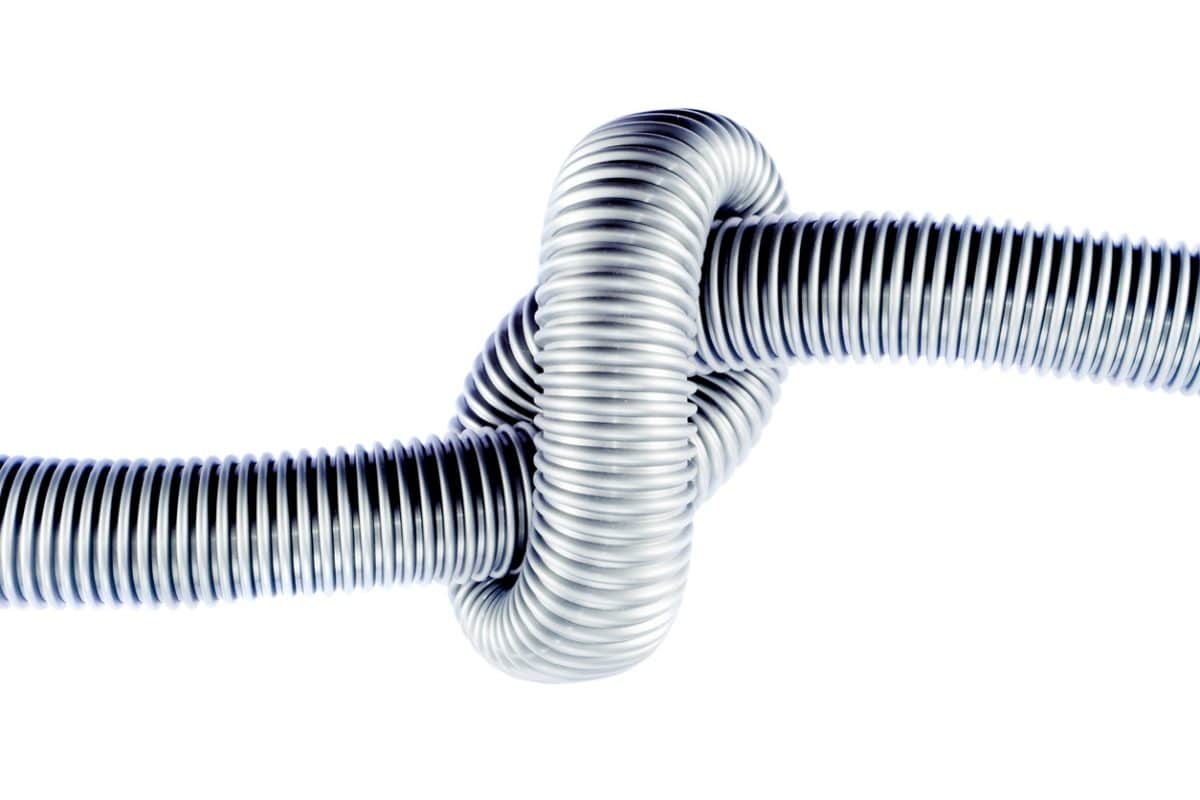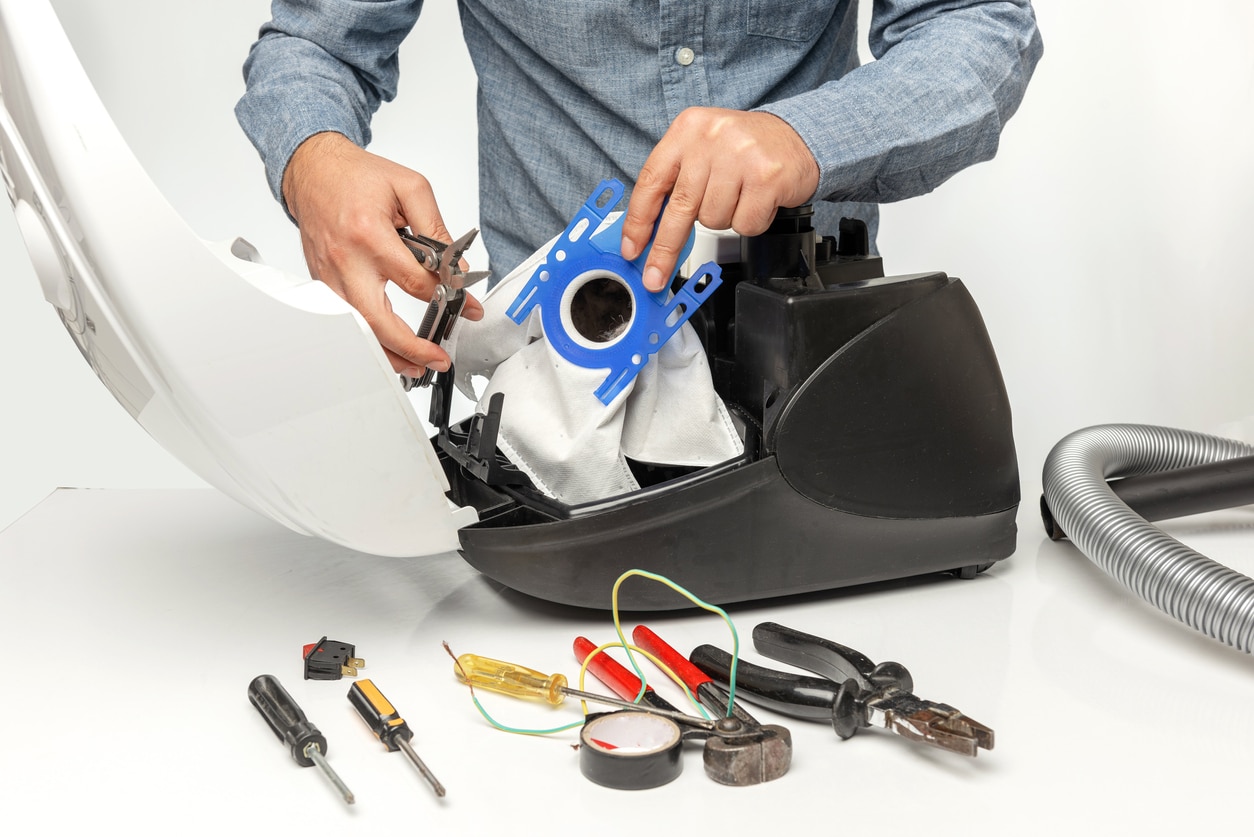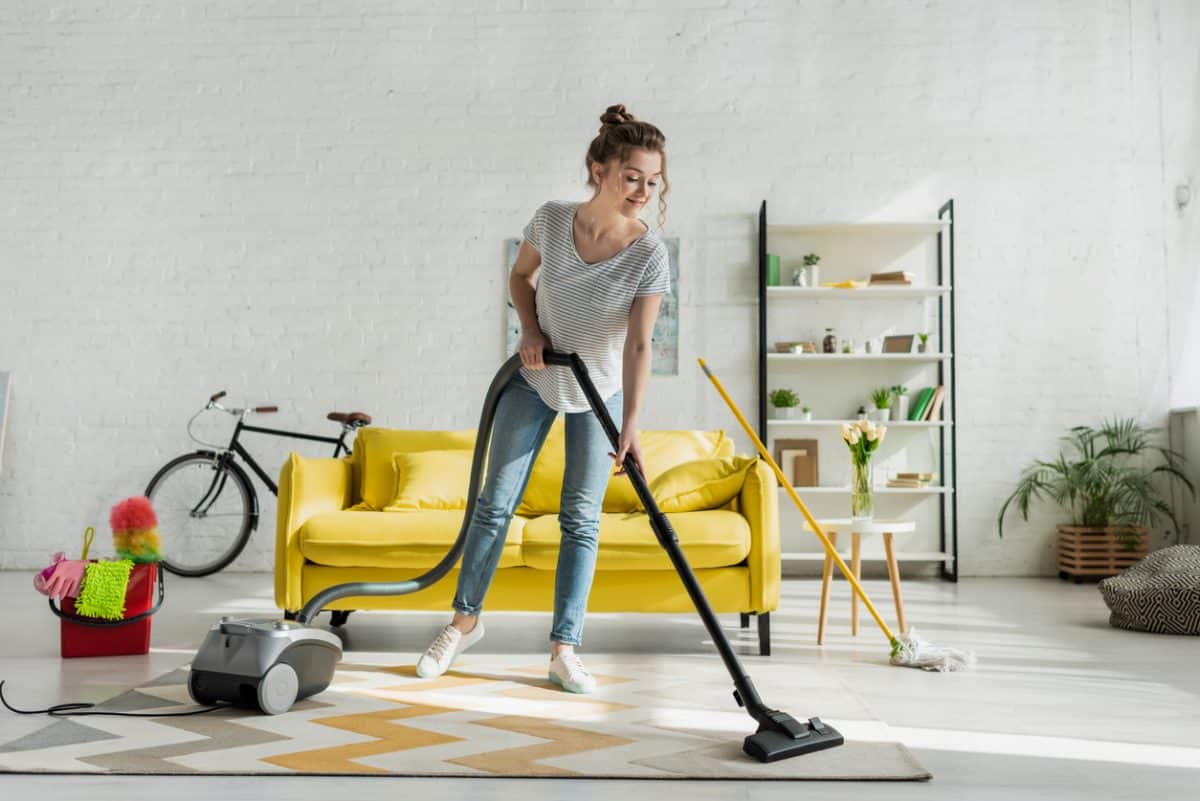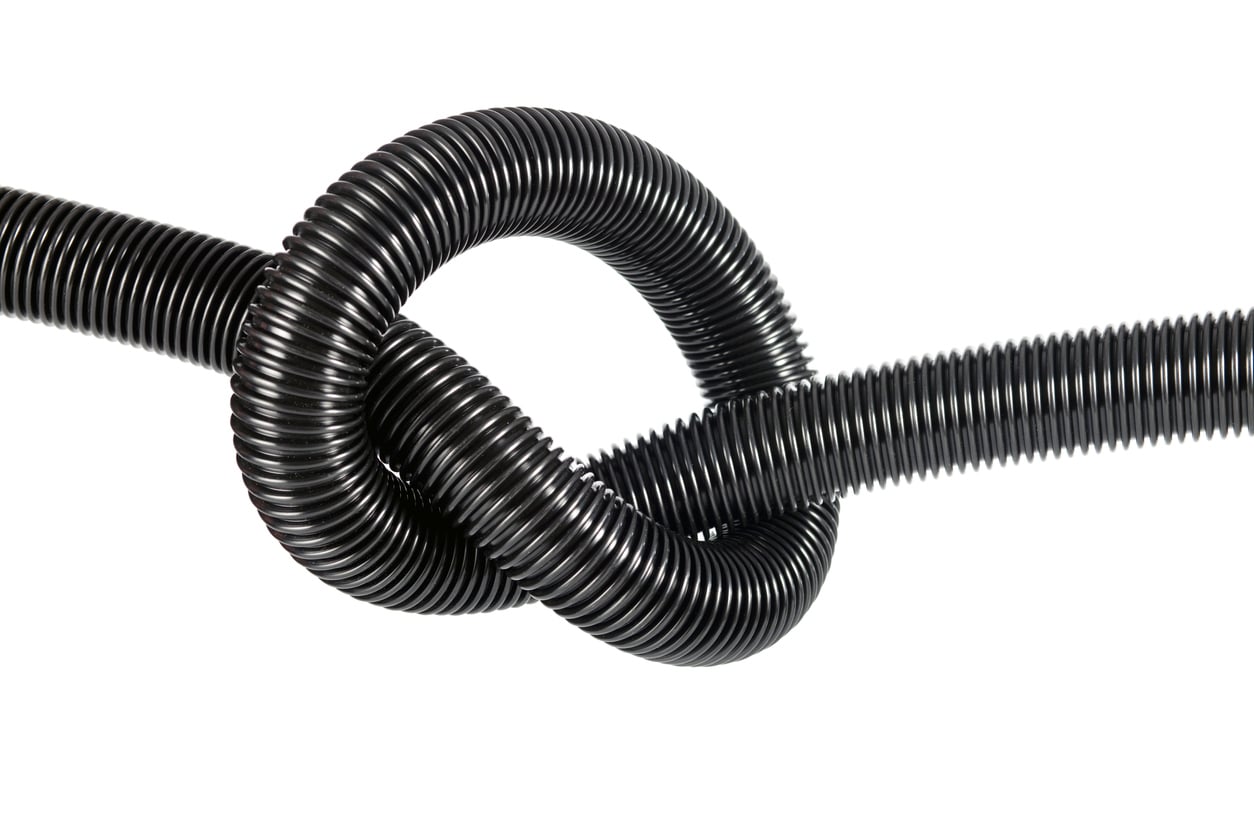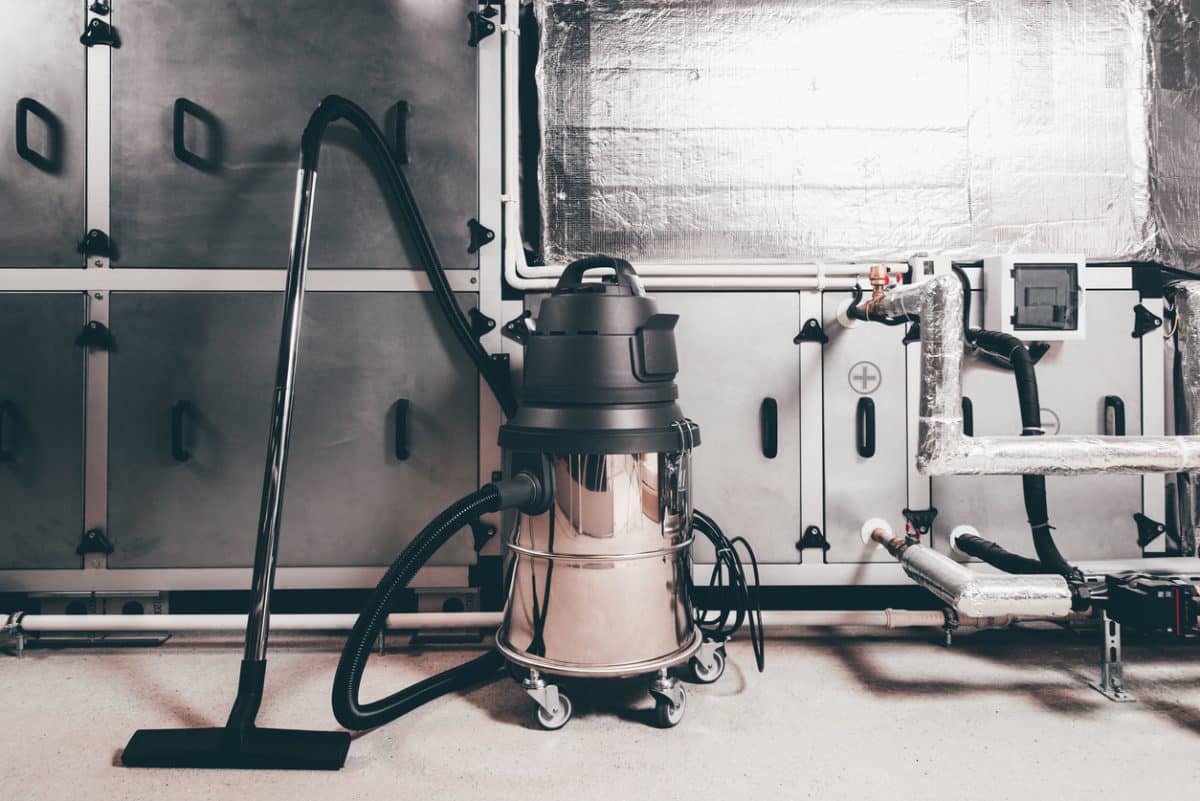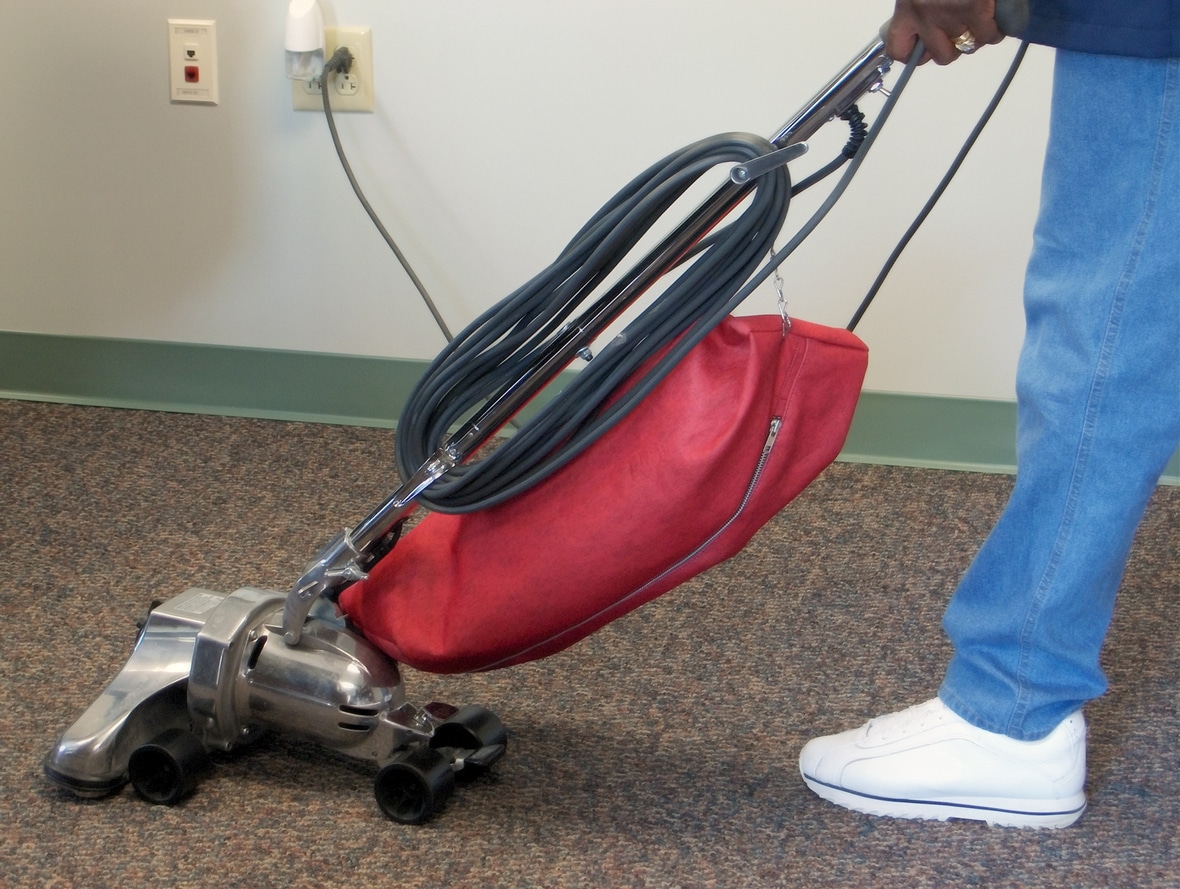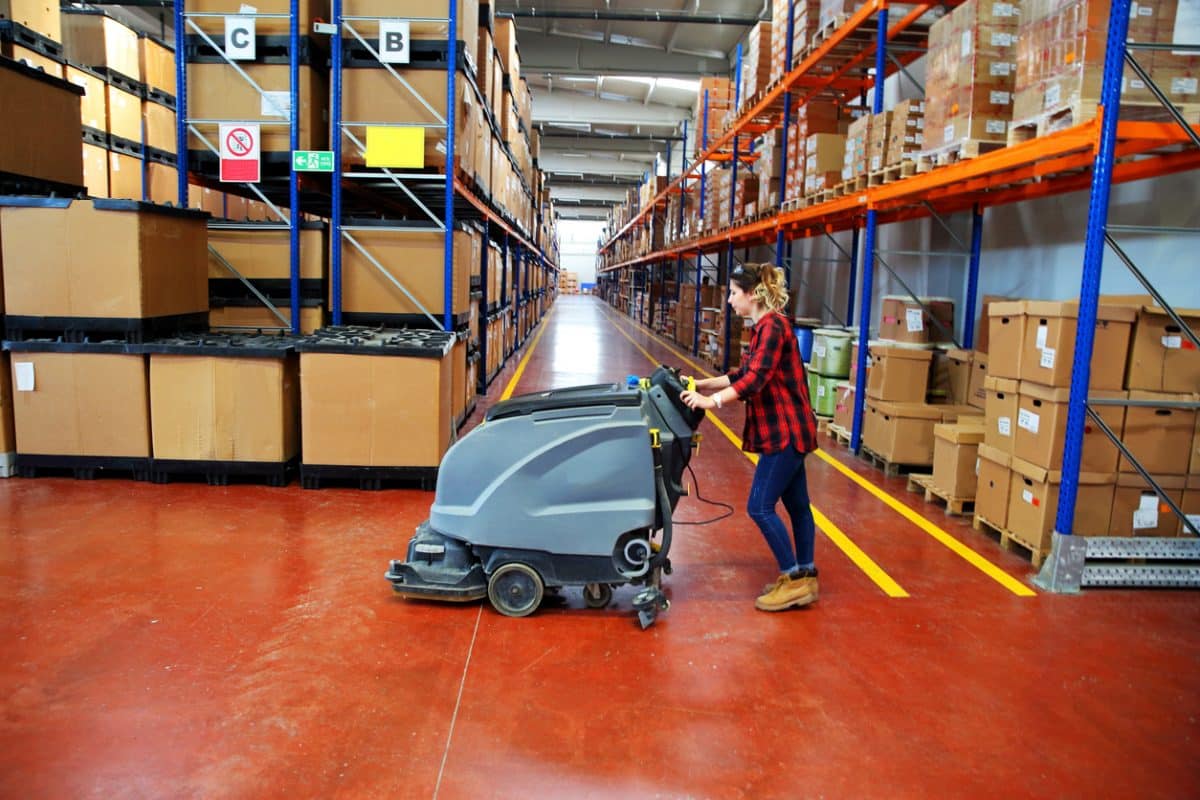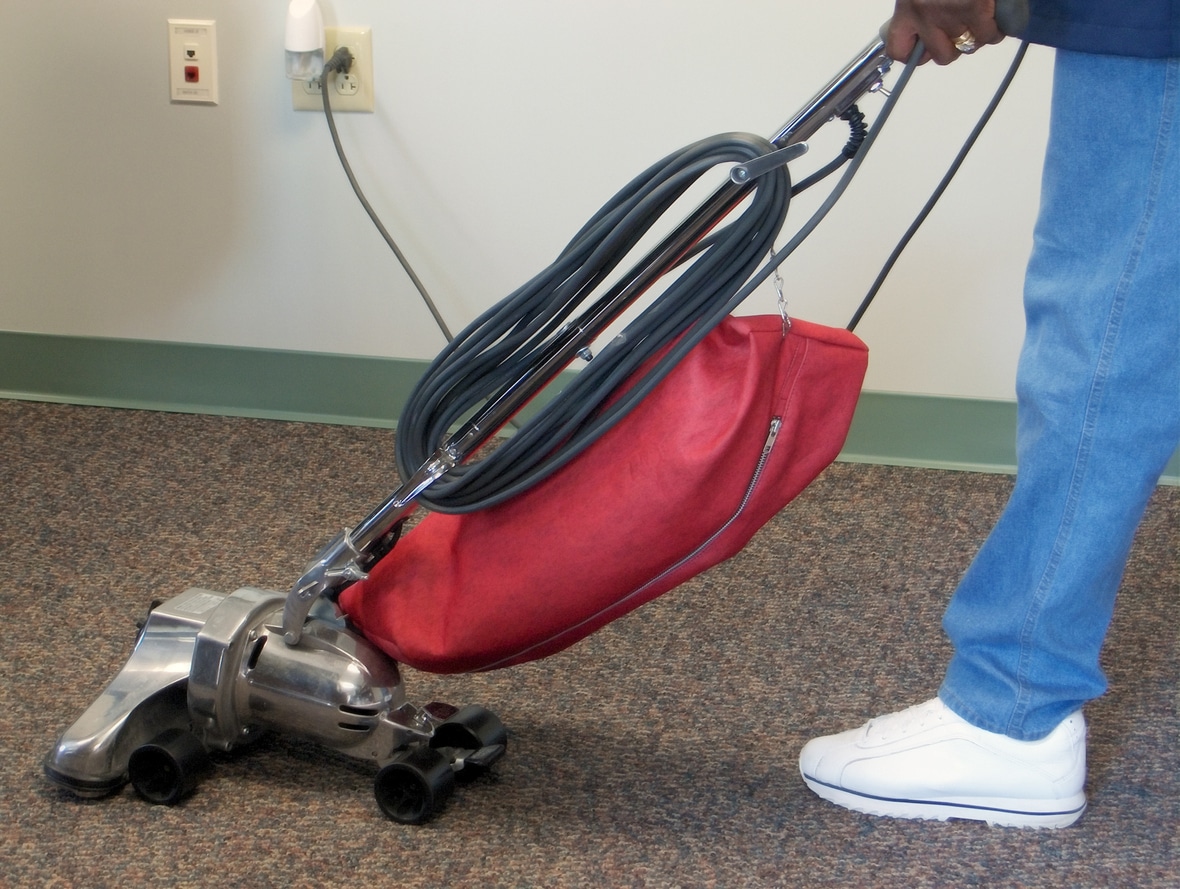Vacuum repair in Calgary may be preferable to accepting that it’s time to buy a new one. Although some people say you can replace broken parts on your current machine instead of buying a whole new one, this is not always an economical or satisfactory solution. The most commonly replaced vacuum parts deal with moving the dirt and debris around the machine and into the bag or canister.
What Are the Most Common Vacuum Repair & Replacement Parts in Calgary?
Vacuum Cleaner Belt
The vacuum cleaner belt is one of the most commonly replaced parts, as it tends to wear out over time. It is responsible for connecting the motor to the brush roll, so if it breaks or slips, it can cause the machine to work improperly.
Brush Roll
The vacuum cleaner brush roll is also a fairly common replacement part, as the bristles wear down over time. Some machines have knobs or buttons that make removing and replacing these parts easy, while others require you to manually hold them in place while you rethread the belt.
Airway Clearance
Another very commonly replaced vacuum component is the airway clearance. This part is responsible for getting rid of the dirt and debris that accumulates in the hose and tubes, and it can easily become clogged over time. When this happens, the vacuum cleaner will not pick up dirt as effectively.
Dust Cup/ Bag
Finally, the dust cup or bag also needs to be replaced regularly, as it eventually becomes full of dirt and debris. This part can affect the vacuum cleaner’s performance and can also be a health hazard if not replaced often enough.
So, if you are experiencing problems with your current vacuum cleaner, it is likely that one or more of these parts will need to be replaced. By knowing which parts are most commonly replaced, you can be prepared to make the necessary repairs or replacements when the time comes.
If you are experiencing problems with your current vacuum cleaner, one or more of these parts will likely need to be replaced. By knowing which parts are most commonly replaced, you can be prepared to make the necessary vacuum repairs in Calgary or replacements when the time comes.
Why Do Vacuum Cleaner Parts Need Replacement?
If you’re experiencing problems with your vacuum cleaner, one or more of the above parts will likely need to be replaced. By knowing which parts are most commonly replaced, you can plan for the necessary repairs or replacements when the time comes.
When Do I Need To Replace A Belt?
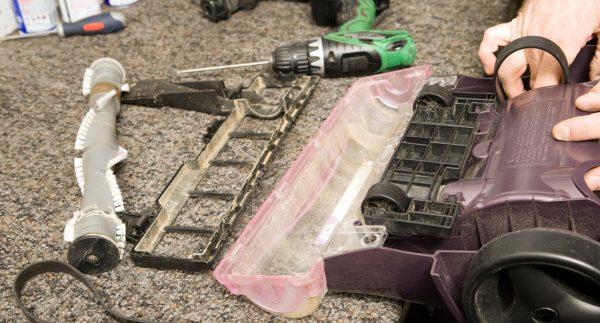
Once a vacuum belt has broken or come loose, it will likely need to be replaced or go through vacuum repair in Calgary. Belts usually need to be replaced every 6 to 12 months, depending on how often the vacuum is used.
How Do I Know If The Brush Roll Needs Replacing?
When bristles on the brush roll have worn down, the roll will likely need to be replaced. If you have a vacuum with a knob to turn the brush roll off and on, check that the bristles are facing up, not down. If they’re turned down, tighten it by turning the knob back in the other direction.
When Do I Need To Replace An Airway Clearance?
The airway clearance is responsible for removing the dirt and debris that accumulates in the hose and tubes. It’s a common replacement part to need if the vacuum isn’t picking up dirt as effectively.
How Do I Know When It’s Time To Replace The Dust Cup Or Bag?
The dust cup or bag will likely need replacing if it becomes full of dirt and debris. This can affect the vacuum cleaner’s performance and can also be a health hazard if not replaced often enough. Most vacuums have indicators to let you know when it’s time to replace the dust cup or bag.
A Review of the Vacuum Replacement Part Timelines
Belt: 6 to 12 months
Brush roll: As needed
Airway clearance: As needed
Dust cup or bag: Indicators will tell you when it’s time to replace. Typically every 3 to 6 months, but it also depends on how often the vacuum is used.
At The Vacuum District, we are dedicated to bringing you the best products to clean your home, and our professionals will do their best to do any repairs and recommend the best products! Contact us today at (403) 454-4822 or send an email to [email protected]

